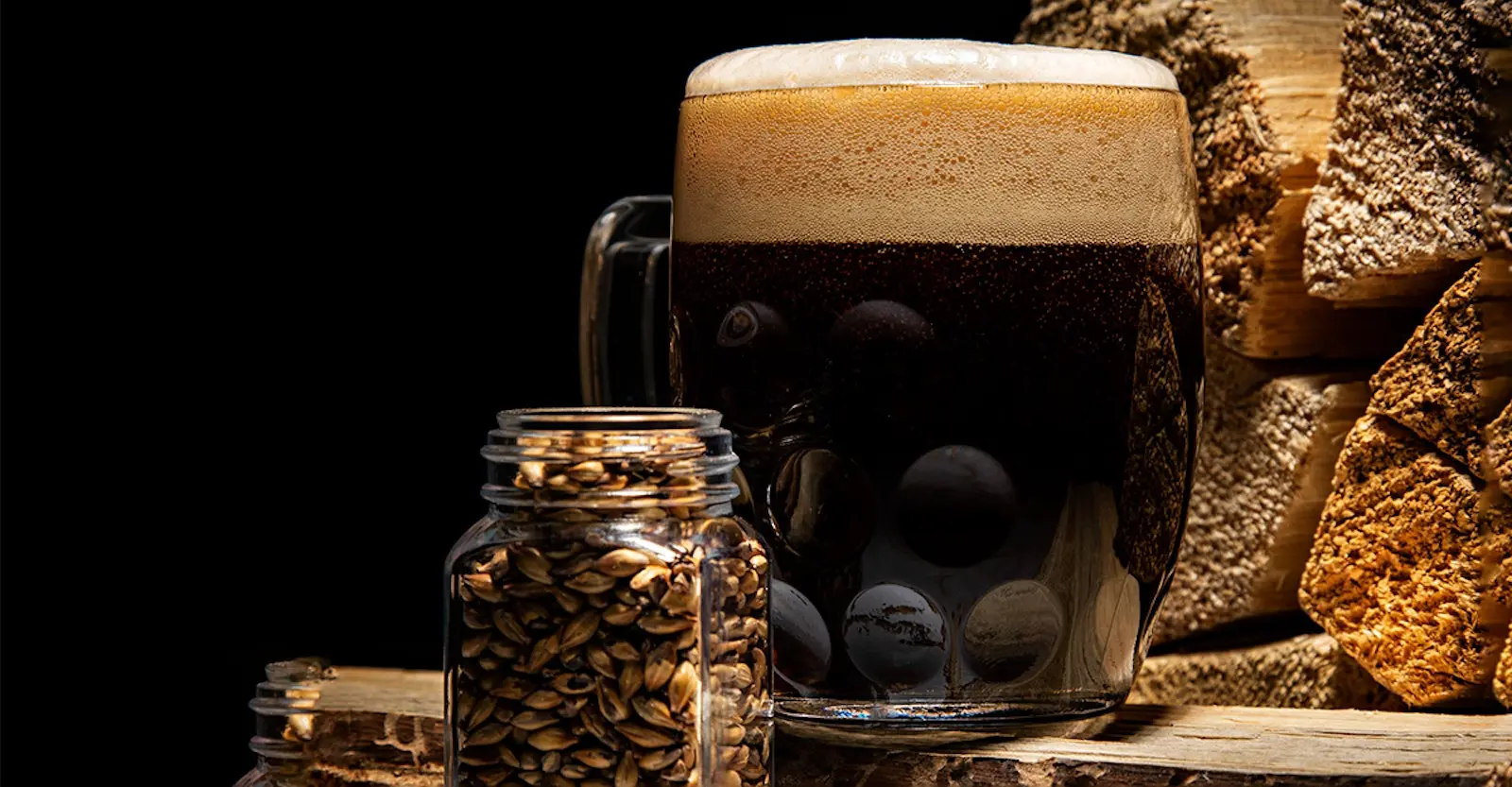If you're a fan of craft beer and looking to experiment with different flavors and styles, then a smoked lager recipe might be just what you need. This unique twist on a classic beer combines the crispness of a lager with the smoky flavors of a barbecue. In this article, we'll delve into the ingredients, process, and tips for brewing your own smoked lager. So grab a pint and let's get started!
What ingredients go into a lager?
A traditional lager recipe typically includes the following ingredients:
- Malted grains: The base of any beer, lagers are commonly brewed with pale malt, which provides a clean and neutral flavor profile.
- Hops: Hops are used to balance the sweetness of the malt and add bitterness and aroma to the beer. Traditional lagers use noble hops, such as Saaz or Hallertau.
- Yeast: A lager yeast strain is used, which ferments at lower temperatures compared to ale yeast. This results in a clean and crisp flavor profile.
- Water: The quality of water used in brewing can have a significant impact on the final flavor of the beer. Lager recipes often call for soft water with low mineral content.
Adding a smoky twist to your lager
To create a smoked lager, you'll need to incorporate a smoky element into the brewing process. This can be achieved through the use of smoked malt or by smoking the grains yourself.
Smoked malt: Smoked malt is made by drying malted grains over a fire, imparting a distinct smoky flavor. You can find various types of smoked malt, such as beechwood-smoked or peat-smoked, each offering its own unique character.
Smoking the grains: If you're feeling adventurous, you can smoke the grains yourself. This involves exposing the malted grains to smoke from wood chips or other smoking materials. You'll need to control the temperature and smoking time carefully to achieve the desired smoky flavor without overpowering the beer.

The brewing process
Now that you have your ingredients ready, let's walk through the brewing process for a smoked lager:
- Mashing: Begin by mashing the malted grains with hot water to extract sugars. Maintain a consistent temperature to allow enzymes to convert starches into fermentable sugars.
- Lautering and sparging: Separate the liquid (wort) from the grain by lautering. Then, rinse the grains with hot water (sparging) to extract any remaining sugars.
- Boiling: Transfer the wort to a boil kettle and bring it to a rolling boil. Add hops at different intervals to achieve the desired bitterness and aroma.
- Fermentation: Cool the wort and transfer it to a fermentation vessel. Pitch the lager yeast and ferment the beer at a cool temperature (around 50°F) for several weeks. This allows for a slow, clean fermentation.
- Conditioning: After fermentation is complete, transfer the beer to a secondary vessel for conditioning. This helps to clarify the beer and allows flavors to meld together.
- Bottling or kegging: Finally, carbonate the beer by adding a small amount of priming sugar or force carbonate if kegging. Bottle or keg the beer and let it carbonate for a few weeks before enjoying.
Tips for brewing a successful smoked lager
Here are a few tips to help you brew a successful smoked lager:
- Choose the right amount of smoke: The amount of smoke flavor you want will depend on personal preference. Start with a smaller amount and adjust in subsequent batches until you find the perfect balance.
- Consider the base beer style: While lagers are the traditional choice for a smoked beer, you can also experiment with other styles like porters or stouts.
- Control the smoking process: If you're smoking the grains yourself, be mindful of the temperature and smoking time to avoid overwhelming the beer with excessive smoke flavor.
- Use high-quality ingredients: As with any beer recipe, using fresh, high-quality ingredients will significantly impact the final flavor and aroma of your smoked lager.
Frequently Asked Questions
Can I smoke the grains in my backyard?
Yes, you can smoke the grains in your backyard using a barbecue or smoker. Just make sure to control the temperature and smoking time to achieve the desired smoky flavor without burning the grains.
How long does a smoked lager need to condition?
A smoked lager typically requires a few weeks of conditioning after fermentation to allow flavors to mellow and meld together. However, the exact time may vary depending on the specific recipe and personal preference.
Can I use liquid smoke instead of smoked malt?
While it is possible to use liquid smoke as a substitute for smoked malt, it is generally not recommended. Liquid smoke can be overpowering and may result in an artificial or unpleasant flavor in your beer.
Brewing a smoked lager is an exciting way to add a unique twist to a classic beer style. By incorporating smoky flavors into the brewing process, you can create a beer that combines the crispness of a lager with the distinct taste of smoked malt. Whether you choose to use smoked malt or smoke the grains yourself, experimenting with different levels of smokiness will allow you to create a truly one-of-a-kind brew. So gather your ingredients, fire up the smoker, and get ready to enjoy the rich and smoky flavors of your homemade smoked lager!
If you want to know other articles similar to Smoked lager recipe: a unique twist on a classic beer you can visit the Craft beer category.


Related Articles